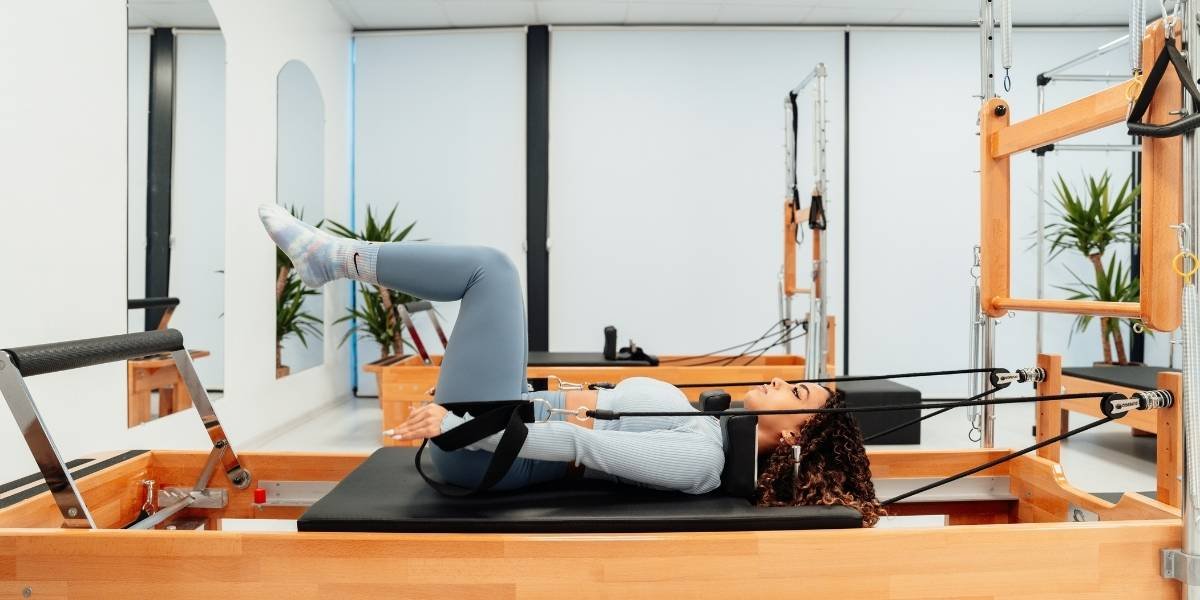The Achilles tendon, a strong band of tissue connecting the calf muscles to the heel bone, plays a vital role in everyday movements like walking, running, and jumping. Despite its strength, it is susceptible to various injuries, ranging from inflammation to complete tears. These injuries can significantly impair mobility and cause considerable pain, affecting both athletes and individuals in their daily lives. Understanding the different types of Achilles tendon injuries, what causes them, how they present, and the available treatment options is crucial for effective recovery and prevention.
What Causes Achilles Tendon Injuries?
Achilles tendon injuries most commonly stem from overuse or sudden, intense stress placed on the tendon. One frequent type of injury is Achilles tendinitis, which involves inflammation and irritation of the tendon. This condition often develops gradually due to repetitive strain. For example, runners who suddenly increase their mileage or intensity, or individuals who play sports with sudden stops, starts, and pivots, such as basketball, tennis, or soccer, are particularly vulnerable. The repetitive microtrauma can lead to small tears and degeneration within the tendon fibers.
Beyond athletic activity, several other factors contribute to the risk of Achilles tendinitis. Age plays a role, as the tendon can weaken over time. Physical characteristics such as flat feet or high arches can alter biomechanics, placing increased strain on the tendon. Tight calf muscles also contribute to excessive tension on the Achilles. Wearing worn-out or unsupportive footwear, exercising on uneven surfaces, or neglecting proper warm-up and stretching routines can also elevate the risk. Certain medical conditions, including psoriasis, high blood pressure, and high cholesterol, have been linked to a higher incidence of tendinitis. Additionally, some antibiotics, specifically fluoroquinolones, have been associated with an increased risk of Achilles tendon problems, including rupture.

Photo Credit: Unsplash.com
A more severe injury is an Achilles tendon rupture, which is a partial or complete tear of the tendon. This acute injury typically occurs with a sudden, forceful push-off movement, an abrupt upward flexing of the foot while the calf muscle is contracted, or direct trauma to the tendon. People often describe hearing a “pop” or “snap” sound at the moment of injury, feeling as if they have been kicked in the back of the leg. This type of injury is common in “weekend warriors,” individuals who engage in intense physical activity sporadically without consistent conditioning. While less common, long-standing tendinopathy or degenerative changes within the tendon can also weaken it over time, making it more prone to rupture even with less significant stress.
What Are the Symptoms of an Achilles Tendon Injury?
The symptoms of an Achilles tendon injury vary depending on the severity and type of damage. For Achilles tendinitis, the pain often begins as a mild ache in the back of the leg or above the heel, particularly after physical activity. This pain might worsen with continued activity or after prolonged periods of rest, such as in the morning. Stiffness and tenderness in the Achilles tendon area are also common, usually improving with mild activity. The tendon might appear thickened or swollen, and the skin over it may feel warm to the touch. Difficulty standing on tiptoes or pushing off the ground can also indicate tendinitis.
In the case of an Achilles tendon rupture, the symptoms are usually more dramatic and immediate. A sudden, sharp pain in the back of the ankle or calf is a hallmark sign, often described as feeling like a forceful blow or a kick. Many individuals report hearing a distinct “pop” or “snap” at the moment of injury. Following the initial intense pain, it might subside into a dull ache. Other prominent symptoms include significant swelling and bruising in the calf and ankle region, a visible gap or indentation in the tendon just above the heel, and considerable difficulty walking. A person with a ruptured Achilles tendon will often be unable to push off the ground with the affected foot, stand on their toes, or walk normally. These symptoms warrant immediate medical attention to prevent further complications and ensure proper healing.
How Are Achilles Tendon Injuries Diagnosed?
Diagnosing an Achilles tendon injury typically begins with a thorough physical examination by a healthcare provider. The doctor will ask about the onset of symptoms, the nature of the pain, and any activities that might have led to the injury. During the examination, the doctor will visually inspect the tendon for swelling, tenderness, or a gap. They will also assess the range of motion and strength of the foot and ankle, often comparing it to the uninjured leg.
A common diagnostic test for a suspected rupture is the Thompson test. With the patient lying face down and their feet hanging freely, the doctor squeezes the calf muscle of the affected leg. If the Achilles tendon is intact, this action will cause the foot to point downward (plantarflex). If the tendon is ruptured, there will be little to no movement of the foot, indicating a disconnect between the calf muscle and the heel bone. In some cases, to confirm the diagnosis, assess the extent of the injury, or rule out other conditions, imaging tests may be ordered. An ultrasound can provide real-time images of the tendon and identify tears, while a magnetic resonance imaging (MRI) scan offers detailed views of soft tissues, which is particularly useful for distinguishing between partial and complete ruptures or identifying chronic degenerative changes. X-rays are typically not helpful for visualizing the tendon itself but can rule out bone spurs or fractures.
What are the Treatment Options for Achilles Tendon Injuries?
Treatment for Achilles tendon injuries varies depending on the type and severity of the injury, as well as the patient’s age, activity level, and overall health. For Achilles tendinitis, conservative, non-surgical approaches are usually the first line of treatment. The RICE method is often recommended: Rest, Ice, Compression, and Elevation. Resting the affected foot by avoiding activities that aggravate the pain is crucial. Applying ice packs to the area for 15-20 minutes several times a day helps reduce pain and swelling. Compression with an elastic bandage can also help manage swelling, and elevating the foot above heart level can further reduce inflammation.

Photo Credit: Unsplash.com
Pain relief medications, such as nonsteroidal anti-inflammatory drugs (NSAIDs) like ibuprofen or naproxen, can help manage pain and reduce inflammation. Physical therapy plays a vital role in recovery, involving specific exercises to stretch and strengthen the calf muscles and Achilles tendon. Eccentric exercises, which focus on lengthening the calf muscle while it is contracting, are particularly beneficial for tendinitis. Orthotic devices or heel lifts inserted into shoes can also help reduce strain on the tendon. In some persistent cases of tendinitis that do not respond to conservative measures, newer therapies like extracorporeal shockwave therapy (ESWT) or platelet-rich plasma (PRP) injections might be considered, though their effectiveness varies among individuals.
For an Achilles tendon rupture, treatment can be surgical or non-surgical. Non-surgical management involves immobilizing the ankle in a cast or walking boot, often with the foot initially pointed downwards, to allow the tendon ends to heal together. This approach avoids surgical risks like infection but may carry a slightly higher risk of re-rupture and a potentially longer recovery period. Surgical repair involves making an incision in the back of the lower leg and stitching the torn ends of the tendon together. This option is often favored for younger, more active individuals as it may lead to a lower re-rupture rate and a stronger return to activity. However, surgery comes with its own set of risks, including infection, nerve damage, and wound healing complications.
Regardless of the initial treatment choice for a rupture, rehabilitation is a critical component of recovery. A structured physical therapy program is essential to regain strength, flexibility, and full range of motion in the ankle and foot. This rehabilitation typically progresses gradually, starting with gentle exercises and slowly advancing to weight-bearing activities, balance training, and sport-specific drills. Full recovery from an Achilles tendon rupture, whether treated surgically or non-surgically, can take several months, emphasizing the importance of patience and adherence to the rehabilitation plan to achieve the best possible outcome.












